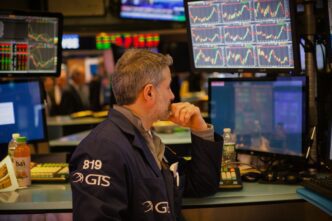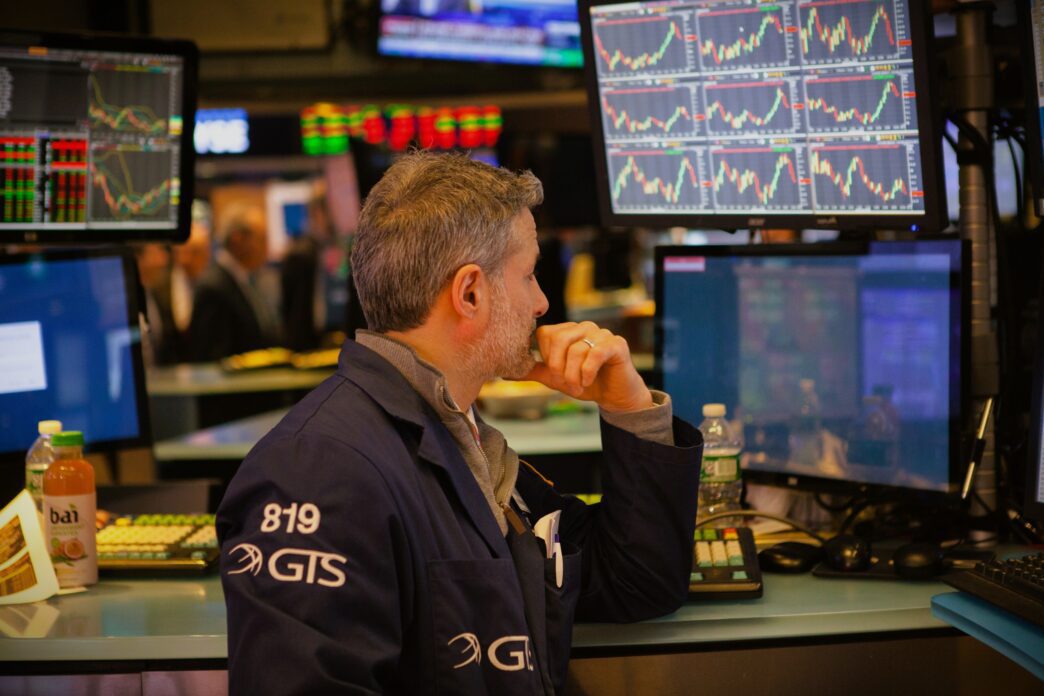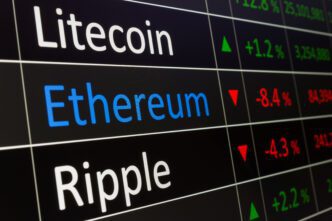Executive Summary
The Story So Far
Why This Matters
Who Thinks What?
Global shares, including U.S. futures and Asian markets, gained on Monday, November 10, driven by optimism that the protracted U.S. government shutdown might be nearing an end. The U.S. Senate is reportedly moving towards a vote on reopening the federal government, although potential opposition from the House of Representatives casts a shadow on a swift resolution.
Market Performance
In early trade, Nasdaq futures rose 0.8%, while S&P 500 futures climbed 0.5%. Across Asia, MSCI’s broadest index of Asia-Pacific shares outside Japan increased by 0.5%, and Japan’s Nikkei advanced 0.6%. European markets also showed strength, with EUROSTOXX 50 futures and DAX futures each up 1.3%, and South Korea’s Kospi recording a 2% gain.
Political Developments and Economic Outlook
The U.S. Senate’s movement towards a vote on reopening the federal government followed bipartisan talks described as taking a “positive turn” by Senate Majority Leader John Thune. However, Charu Chanana, chief investment strategist at Saxo, cautioned that while markets might experience short-term relief, “headline-driven volatility is likely to continue until there’s a clear resolution,” given Democratic leaders in the House have already signaled opposition to the Senate’s potential deal.
The ongoing shutdown, which has become the longest in U.S. history, has taken a significant toll on the economy. Federal workers, including those in law enforcement and the military, have gone unpaid, and the central bank has faced challenges due to limited government reporting. White House economic adviser Kevin Hassett stated in an interview that the nation’s fourth-quarter GDP could turn negative if the shutdown persists. Additionally, U.S. consumer sentiment slumped to near a 3-1/2-year low in early November, reflecting household concerns over the economic fallout.
Treasury Yields and Currencies
U.S. Treasury yields edged higher, with the benchmark 10-year yield increasing 3.5 basis points to 4.1278%, and the two-year yield rising approximately 3 basis points to 3.5886%. In currency markets, the dollar recovered some of its prior losses, gaining 0.28% against the yen to trade at 153.87. Conversely, the euro was down 0.13% at $1.1551, and sterling fell 0.17% to $1.3142. This movement occurred as investors assessed the U.S. economic outlook against a Federal Reserve that has maintained a more hawkish stance on future rate cuts, despite recent data suggesting a weakening labor market.
Commodity Markets
Commodity prices also saw an uptick. Brent crude futures rose 0.4% to $63.89 per barrel, while U.S. crude edged 0.45% higher to $60.01 a barrel. Spot gold, a traditional safe-haven asset, increased 0.6% to $4,023.40 an ounce.
Overall market sentiment remained upbeat on Monday, largely driven by the prospect of an end to the U.S. government shutdown. However, analysts suggest that while a resolution would restore confidence, it may not fully reverse the growth dent caused by the prolonged stoppage, with political hurdles still remaining.








